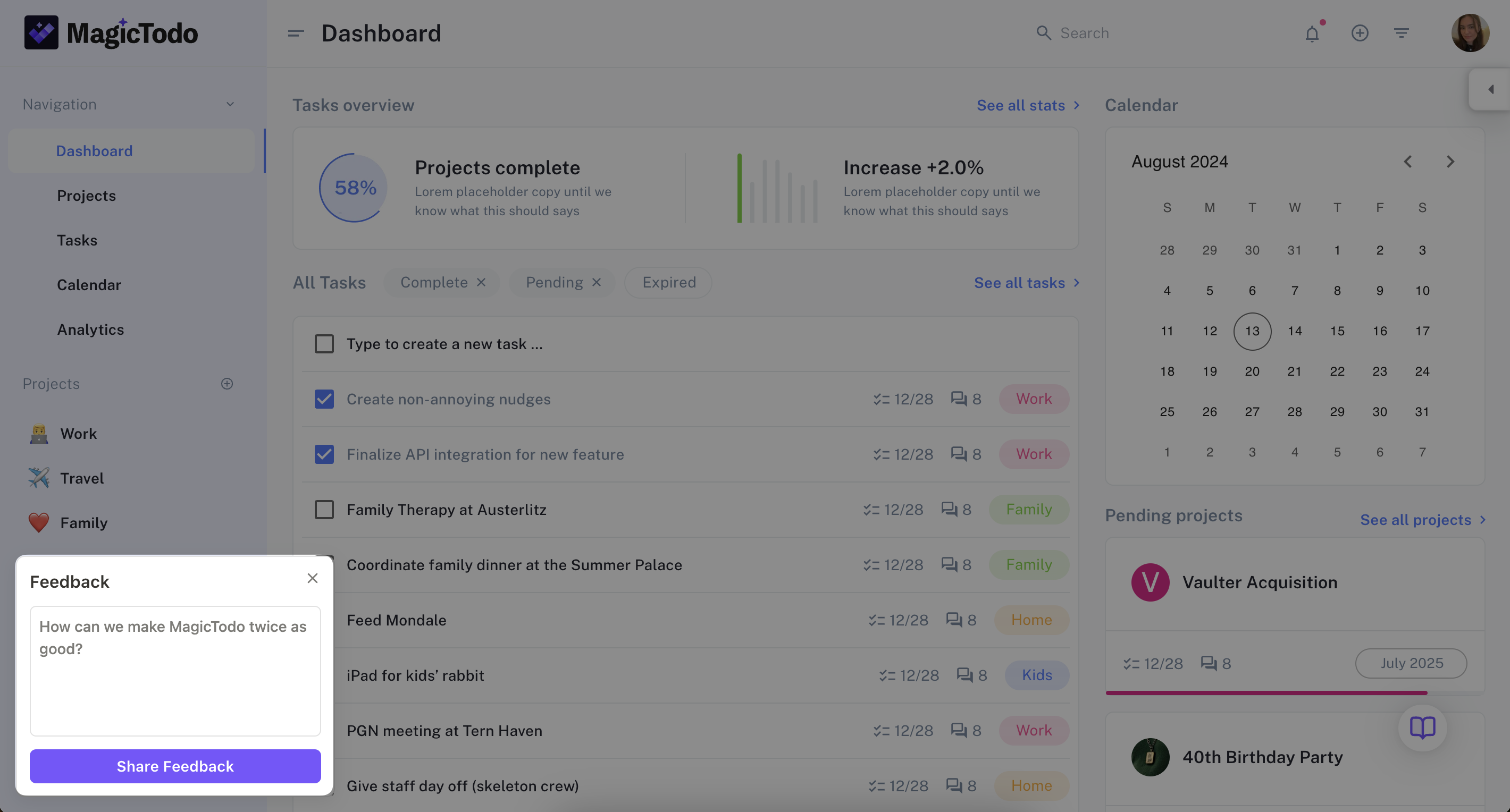Long answer

The long answer, for users who have a lot to say. You've seen this in forms, and now you can see it in nudges.
We recommend only using this block when you're confident the user will want to write multiple sentences. Our data shows that long answer blocks have a lower submission rate than short answer blocks. Though, if you're a disciplinarian type, you could make the long answer block required.
Using responses for targeting
Like other input blocks, you can user the words users put into long answer blocks for creating targeting conditions for other nudges. This works based on keyword inclusion; you can set up Who conditions that include users who included certain words in a specific long answer block.
Required vs. optional
Like the other input blocks, long answer blocks can be made required (by default, they are optional). When required, the user will not be able to continue the nudge until they complete the block.
Combining input blocks
If you want to use multiple input blocks in a single nudge, you'll need to create multiple steps. We limit each step to one input block, as we've found this optimized completion rate in essentially every setting. Users don't like staring at forms with mulitple inputs, it seems.